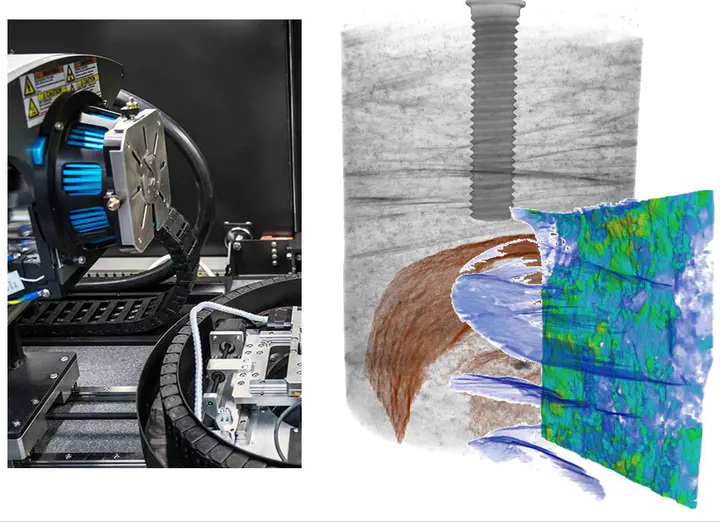Digital Rock Imaging and Modeling

Many geophysical situations involve multi-phase flow through a porous rock; key examples include contamination of groundwater aquifers, oil migration and recovery, methane venting, and subsurface CO2 storage. It is difficult to accurately model and control these flows; the physics of how fluids navigate the disordered, tortuous channels of a 3D porous rock is poorly understood. Even just visualizing flow in 3D rocks is typically impossible. After all, rocks are opaque!
Our lab has developed expertise to make disordered porous rocks, with controllable pore structures, that are transparent. This capability allows us to visualize multi-phase flow within them in 3D, with high spatial and temporal resolution, over length scales ranging from smaller than a pore to that of the entire medium. We have already used this platform to elucidate the physical origin of fluctuations and instabilities in some immiscible fluid flows. We are currently building on our work to answer questions like:
- How do structural heterogeneities impact flow behavior?
- How does the complex rheology of a polymer solution impact how it navigates the pore space?
- How do colloidal dispersions reshape the pore space and alter subsequent flow through it?
Featured publications with this topic
- Wang, B., Wald, I., Morrical, N., Usher, W., Mu, L., Thompson, K., & Hughes, R. (2022). An GPU-accelerated particle tracking method for Eulerian–Lagrangian simulations using hardware ray tracing cores. Computer Physics Communications, 271, 108221. https://doi.org/10.1016/j.cpc.2021.108221